Medical institutions treat a wide range of patients and have a diverse population going in and out of them. To protect the health of frontline medical staff and patients, nosocomial infection control is a priority for major medical institutions. In the United States, an estimated 98,987 patients die each year as a direct result of healthcare-associated infections (HAI), according to a survey (Note 1). With years of experience in Taiwan's medical industry, Unison Healthcare Group provides the most advanced medical-related resources in Taiwan. In order to help improve the quality of infection control in hospitals and medical care in Taiwan, we have brought in the first UVD Robot in Taiwan. With a planned path of autonomous movement and high-efficiency UV disinfection, it can kill the intractable vancomycin-resistant enterococci and the most feared coronavirus within 1 minute, providing front-line healthcare workers and patients with a cleaner medical facility.Medical institutions treat a wide range of patients and have a diverse population going in and out of them. To protect the health of frontline medical staff and patients, nosocomial infection control is a priority for major medical institutions. In the United States, an estimated 98,987 patients die each year as a direct result of healthcare-associated infections (HAI), according to a survey (Note 1). With years of experience in Taiwan's medical industry, Unison Healthcare Group provides the most advanced medical-related resources in Taiwan. In order to help improve the quality of infection control in hospitals and medical care in Taiwan, we have brought in the first UVD Robot in Taiwan. With a planned path of autonomous movement and high-efficiency UV disinfection, it can kill the intractable vancomycin-resistant enterococci and the most feared coronavirus within 1 minute, providing front-line healthcare workers and patients with a cleaner medical facility.
Nosocomial infections kill nearly 100,000 patients in the U.S. and account for $35 billion in U.S. health care spending
According to the survey, it is estimated that nearly 100,000 patients die each year due to HAI. Hospitalized patients are at a 4% risk of HAI, affecting 1.7 million patients a year and accounting for $35 billion in U.S. health care spending. The average length of stay in the hospital is extended by 17.6 days for each nosocomial infection (Note 1, Note 2). In Europe, 4 million patients are affected by HAI each year, with approximately 37,000 deaths directly attributable to HAI (Note 3).
According to the latest article published in the Journal of the American Medical Association on February 7, 41.3% of the 138 patients at Wuhan Zhongnan Hospital were suspected to be infected in the hospital, including 17 inpatients (12.3%) and 40 health care workers (29%) (Note 4). It is clear that infection control in healthcare facilities is a pressing issue. According to research papers published in the Journal of Infection Control and Hospital Epidemiology and the American Journal of Infection Control in 2008 and 2013, there are areas neglected when disinfection is done manually such as wiping, with only 48% being cleaned, and 40% being inadequately disinfected, increasing the risk of patient infection (Note 5, Note 6).
Unison Healthcare Group introduces the world's only intelligent and self-driving ultraviolet ray disinfecting robot to protect frontline medical staff and patients
The Group's long-standing commitment to providing the highest quality medical services in Taiwan has been reinforced by the death of Mr. Albert Ritzer(Senior Vice President)’s brother, the brother of the Group's senior vice president. The death caused by a healthcare-associated infection (HAI) during a bone fracture surgical repair in Germany has reinforced the Group's development towards "clean and precise healthcare." Therefore, we introduced UVD Robots to help Taiwan's medical institutions improve the quality of infection control efficiently.
Most of the UV disinfection machines on the market today are stationary. The principle of disinfection is that the accumulated energy emitted by UVC exceeds a certain amount of energy that germs can withstand, destroying the bonds in their genes and eliminating their activity. However, the energy accumulation will be weakened if the distance is increased, affecting the effectiveness of disinfection. According to the survey, the areas further away from the UV disinfection machine cannot be effectively disinfected. UVD Robots can move on their own when the path is set. In addition to effectively removing the limitations of stationary machines, the dynamic light source can maximize the UVC exposure coverage and achieve the purpose of effective disinfection. The performance of the UV disinfection equipment is also enhanced with eight 60-watt UV lamps that are nearly five times more effective than those on the market. 1000 joules per square meter (J/m2) can be achieved in one minute, which can enhance the efficacy of bactericide and completely destroy the genetic bonds of Clostridium difficile (240J/m2), Candida albicans (920J/m2), and coronavirus (84J/m2). Take the average negative pressure isolation rooms in Taiwan, which are 9 to 16 square meters big, for example. They can be fully disinfected in about 15 minutes, shortening the time required for traditional UV disinfection (2 to 8 hours) to 10 to 15 minutes. The built-in lithium battery that can be charged makes it more convenient for it to move around. When the battery is fully charged, it can run a 120-minute disinfection trip, which amounts to the disinfection of eight to ten wards. It will improve the quality of infection control in hospitals.
"Cleanliness and precision" is not only the focus of medical institutions, but should also be implemented thoroughly in everyday life to achieve total hygiene
Due to the new coronavirus outbreak this year, the global awareness of daily cleaning and disinfection has been raised. In order to effectively prevent and control the activity of germs, it must be implemented not only in medical institutions, but also in manufacturing plants, long-term care centers, postnatal care homes and other related industries. The UVD Robot is 171cm high, 90cm long, and 66cm wide. It is highly mobile and can be used in daily life to help people maintain a healthy environment with anti-germ cleaning.
Sources
Note 1: Estimating Health Care-Associated Infections and Deaths in U.S. Hospitals, 2002.
Note 2: Centers for Disease Control and Prevention, U.S. Department of Health and Human Services. Healthcare-Associated Infections (HAIs), 2017.
Note 3: European Centre for Disease Prevention and Control: Annual Epidemiological Report on Communicable Diseases in Europe 2008.
Note 4: Clinical Characteristics of 138 Hospitalized Patients With 2019 Novel Coronavirus–Infected Pneumonia in Wuhan, China
Note 5: Carling P: Methods for assessing the adequacy of practice and improving room disinfection. Am J Infect Control 2013, 41:S20-25.
Note 6: Carling P: Improving Cleaning of the Environment Surrounding Patients in 36 Acute Care Hospitals. Infect Control Hosp Epidemiol. 2008 Nov;29(11):1035-41.



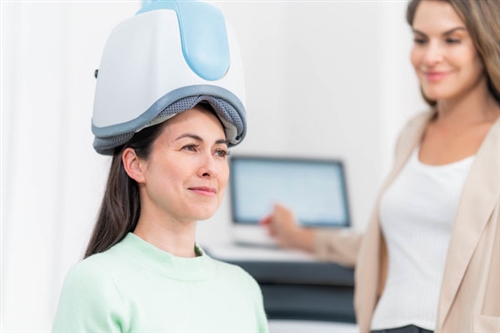
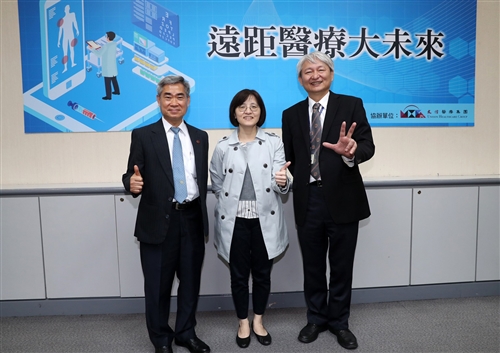
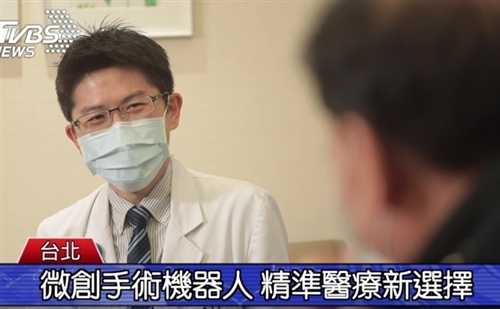
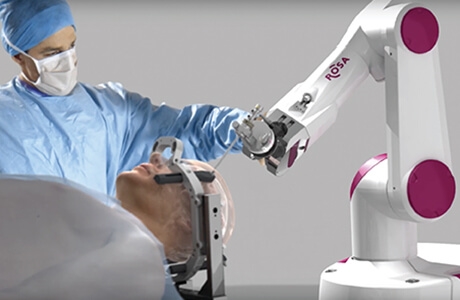
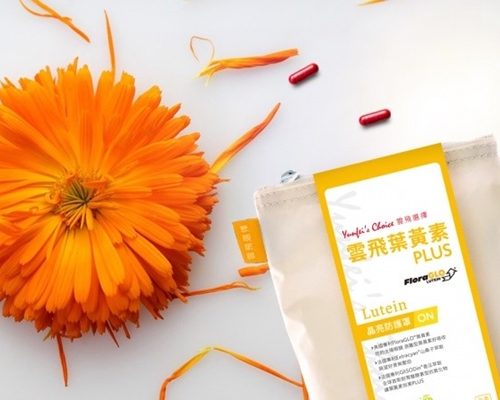

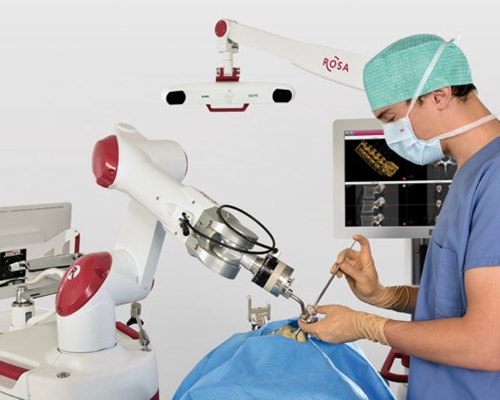
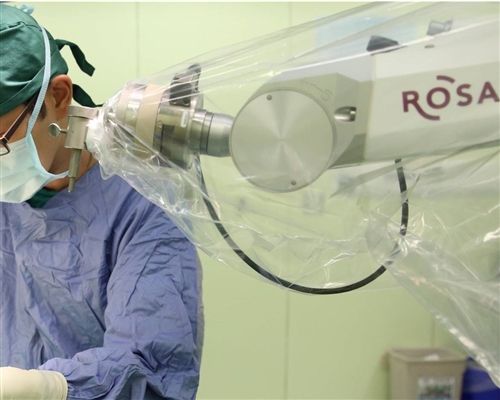
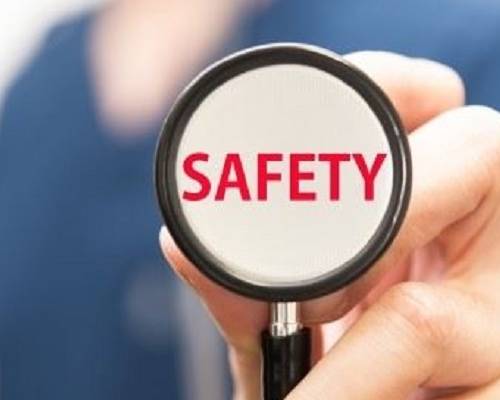
![[UHG Medical News] Utilizing Professional Data Technology to Decrease the Potential Risk of Nosocomial Infection and Enhancing Protections for Taiwan’s Healthcare System](/uploads/ef5af251540148f685bed1a80eb9e8b9.jpg)